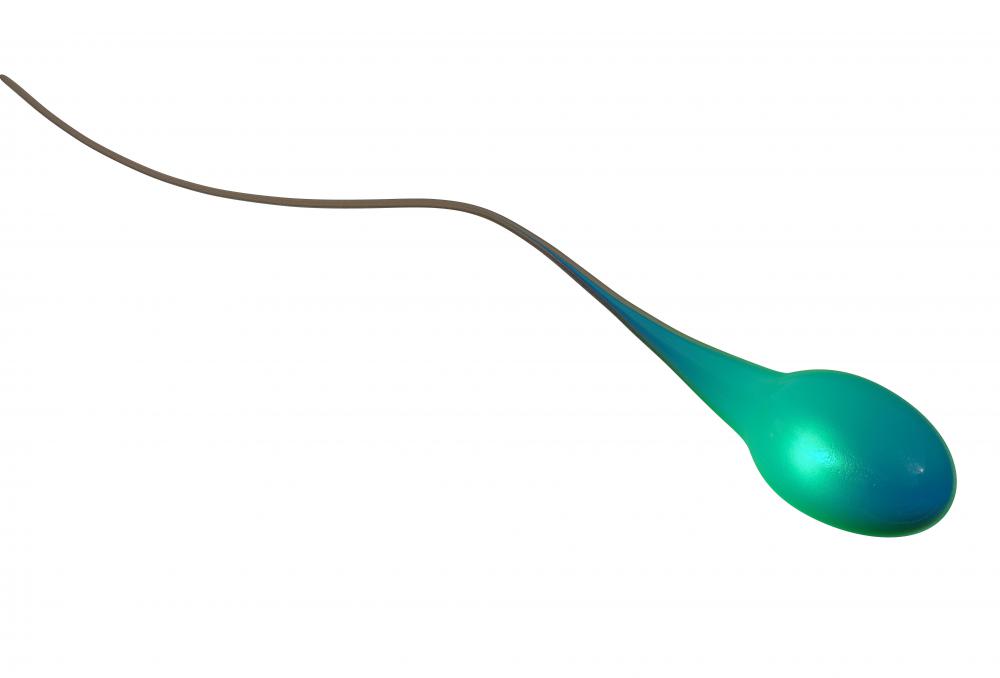At WiseGEEK, we're committed to delivering accurate, trustworthy information. Our expert-authored content is rigorously fact-checked and sourced from credible authorities. Discover how we uphold the highest standards in providing you with reliable knowledge.
What are the Most Common Vasectomy Complications?
A vasectomy involves cutting the tube called the vas deferens that carries sperm from the testicles to the penis. It is a form of male sterilization, carried out under local or general anesthetic. The most common vasectomy complications, those problems which can occasionally occur as a result of the procedure, are not all that frequent because around 90 percent of men will not experience any adverse effects. When vasectomy complications are encountered, they commonly include: infection, pain, bleeding into the scrotum, the testicles feeling unusually full, and sperm leaking out to form a lump known as a granuloma. Rarely, the vasectomy procedure fails because the cut ends of the vas deferens manage to grow back together.
Vasectomy complications such as infection can occur due to bacteria entering the body through the cuts made in the scrotum as part of the operation. Signs of infection may include pain, heat, redness and swelling. Keeping the genital area clean following the vasectomy will help prevent this complication. Antibiotics are the treatment of choice should infection arise.

Another of the vasectomy complications which may occasionally be seen is bleeding. This may happen on a small scale, giving rise to bruising which disappears on its own within a couple of weeks. More excessive bleeding could indicate a problem and should be seen by a doctor. Sometimes blood collects and forms a large clot, known as a hematoma, which makes the scrotum appear swollen and feel painful. This will need to be seen by a doctor and a further operation might be required to resolve the clot.

Pain is one of those vasectomy complications which can sometimes continue after the operation, becoming long term. This only happens to a few men, and the pain can vary in frequency and in nature, from a sharp stabbing pain to a dull ache. Simple measures such as wearing supportive underwear and taking anti-inflammatory medication can help, but if non-surgical options fail to work it is possible another operation may be needed, as scar tissue may be trapping a nerve or other important structure.

A sperm granuloma is a firm lump formed from leaked sperm and may occasionally cause pain and visible swelling, which may be treated with anti-inflammatory medicines. Occasionally, an excessively large and painful granuloma may need to be surgically removed. Sperm are also responsible for the feeling of fullness in the testicles which may be experienced after a vasectomy, as they build up inside storage areas in a structure called the epididymis. This feeling normally goes away by itself in a matter of weeks as sperm are absorbed naturally by the body.

Rarely, a process called recanalization occurs, where the cut ends of the vas deferens rejoin. This tends to happen in the months following the vasectomy and becomes less likely over time. Vasectomies may be reversed intentionally, but the operation is difficult and can still result in infertility in many cases, so the vasectomy procedure is best regarded as a permanent method of male birth control.
AS FEATURED ON:
AS FEATURED ON:
















Discuss this Article
Post your comments